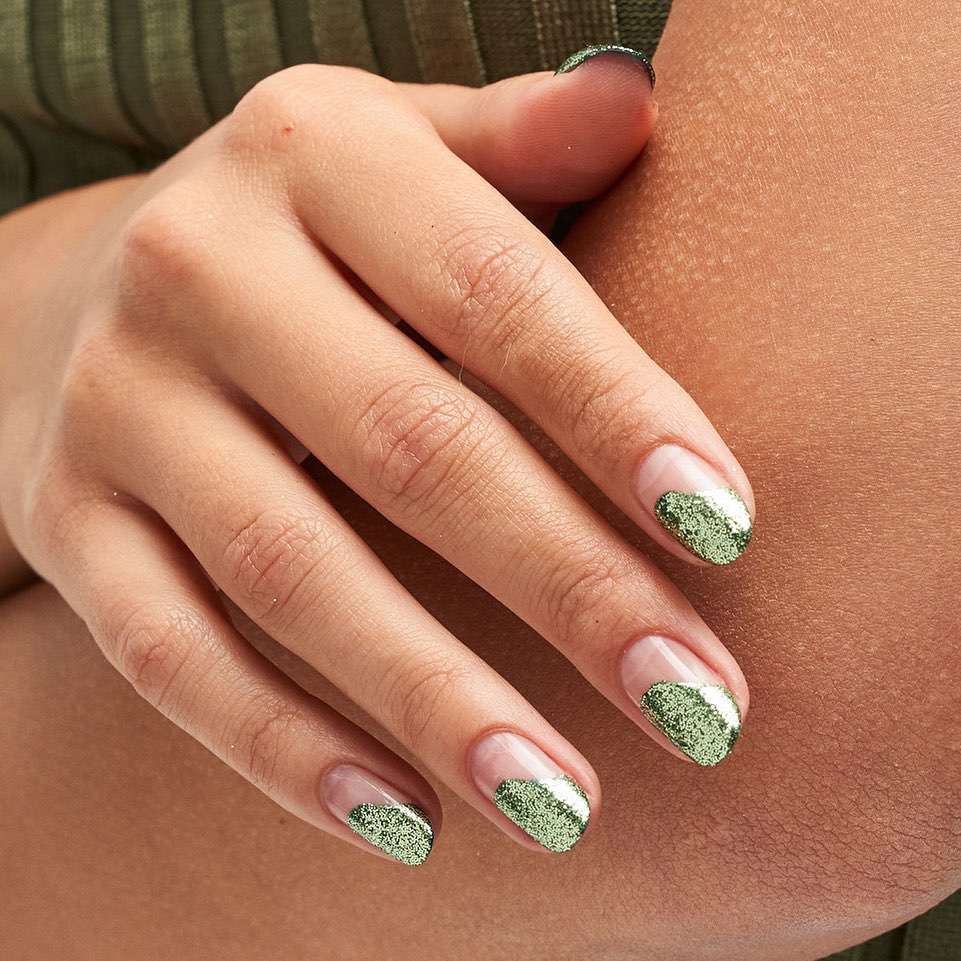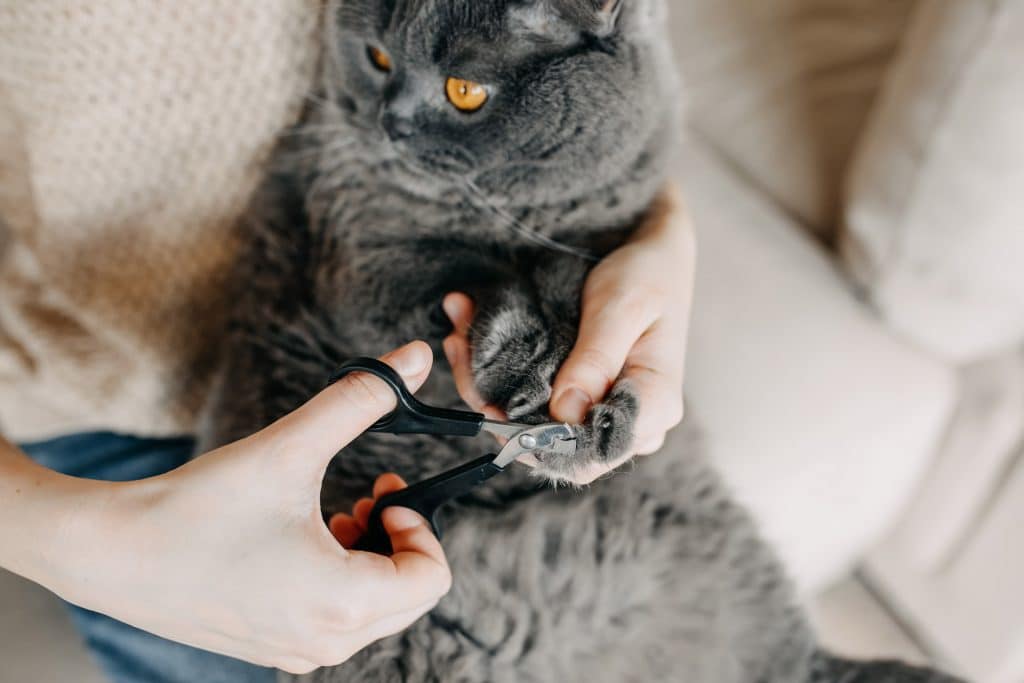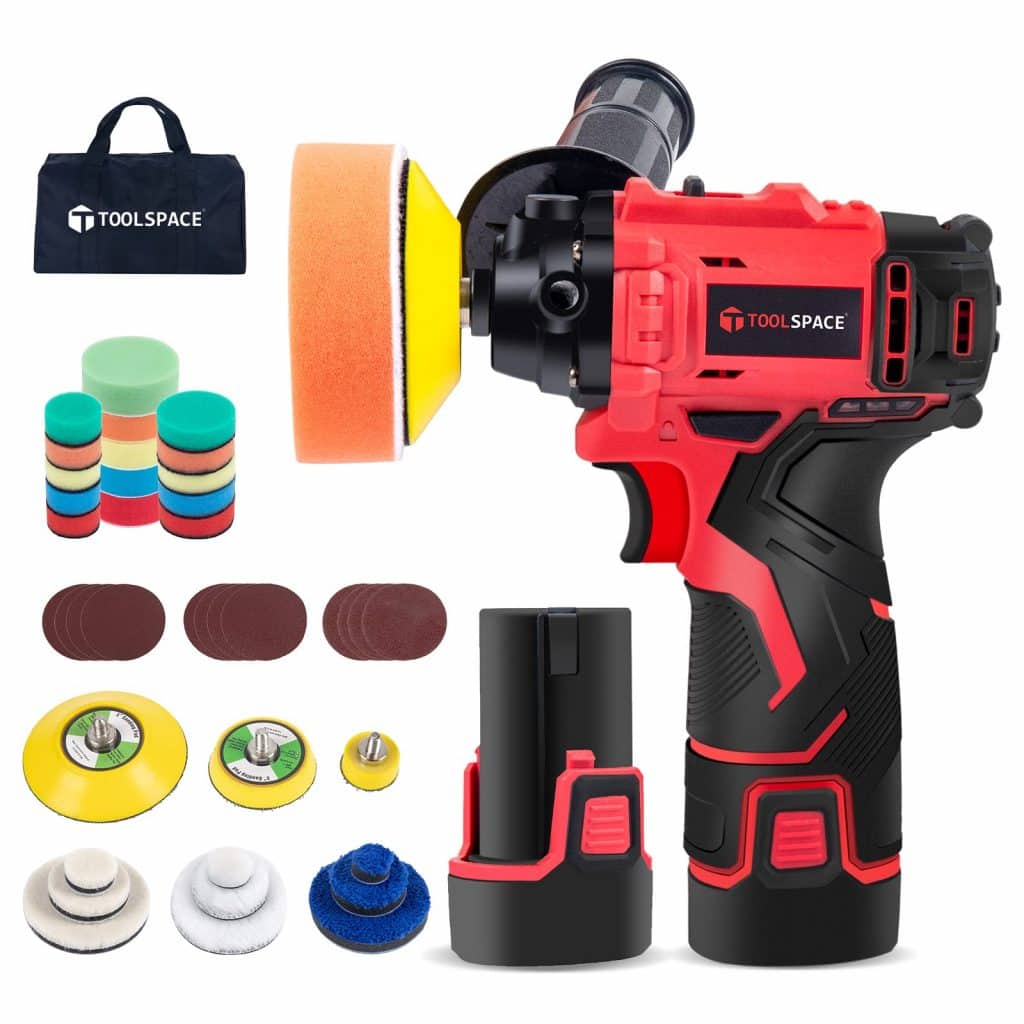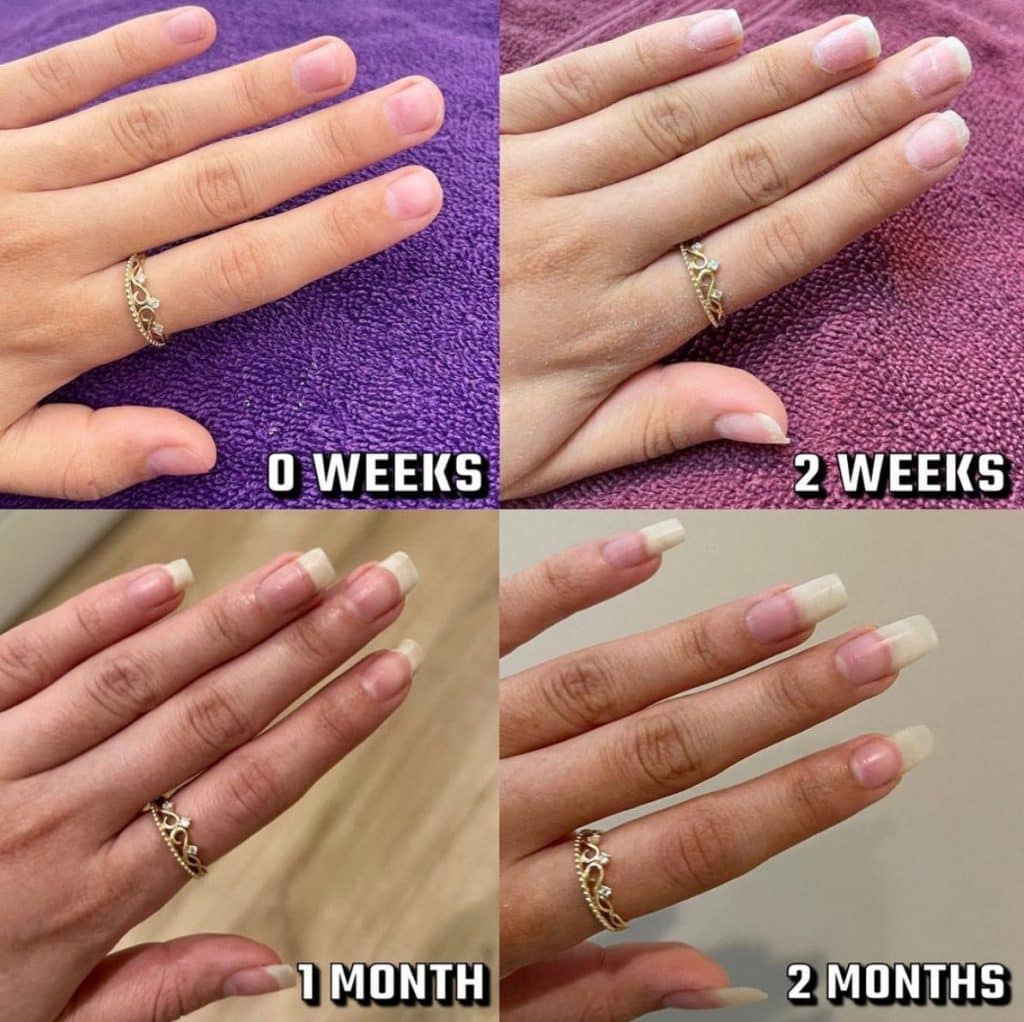Horseshoe nailing is the process of attaching horseshoes to the hooves of horses. It is done for protection and increased traction on different types of terrain.
Proper horseshoe nailing requires precision and skill to ensure the shoe is securely and comfortably attached to the hoof. The nails are driven through the hoof wall, avoiding sensitive areas, and then clenched to hold the shoe in place. The process is typically performed by a professional farrier who is trained in the art of horseshoeing.
Horseshoe nailing is an important aspect of horse care and is necessary for maintaining the health and performance of the horse.

Credit: scootboots.com
Introduction To Horseshoe Nailing: The Art Of Hoof Protection
Horseshoe nailing is a crucial aspect of hoof protection and maintaining overall equine health. Proper hoof protection plays a significant role in the well-being of horses. By securely attaching horseshoes to the hooves, nailing ensures stability and provides support during various activities.
The correct application of horseshoes helps to prevent injuries and minimize the impact on the hooves caused by constant movement and weight-bearing. Additionally, nailing allows for corrective measures to be taken, addressing any deformities or imbalances. This process ensures that the hooves remain in good condition, promoting soundness and longevity.
Regular visits from a skilled farrier are essential to properly evaluate hoof health, choose the most suitable horseshoe type, and execute the nailing process effectively. With proper hoof protection through horseshoe nailing, horses can navigate various terrains and perform their tasks without discomfort or harm.
Understanding Hoof Anatomy For Effective Horseshoe Nailing
Effective horseshoe nailing depends on understanding the key structures of the hoof. The impact of hoof balance on nailing effectiveness is crucial to consider. The hoof wall and laminae play a significant role in determining the success of nailing techniques.
By comprehending these factors, horseshoe nailing can be done with greater accuracy and minimal discomfort for the horse. Awareness of the hoof’s anatomy aids in selecting the appropriate nails and positioning them correctly. Proper placement ensures optimal support and stability for the horse’s hoof, mitigating the risk of injury or discomfort during activities.
An understanding of the hoof’s structures enables farriers to provide the necessary care and maintenance, enhancing the horse’s overall hoof health and performance. Mastering the art of horseshoe nailing involves a deep appreciation for the intricacies of hoof anatomy and its impact on the overall well-being of the horse.
Essential Equipment For Horseshoe Nailing
Horseshoe nailing requires essential equipment for effective results. The selection of horseshoes depends on the specific needs of the horse. Different types and sizes of horseshoe nails are available for various purposes. Using the right tools is crucial for the proper nailing process.
These tools ensure accuracy and minimize any discomfort for the horse. Taking into consideration the horse’s size, breed, and activity level helps in choosing appropriate horseshoes. Nailing requires precision and expertise to maintain the horse’s comfort and balance. Properly selected horseshoes, along with the right nails and tools, contribute to the overall well-being of the horse.
Each step in the process must be carefully executed to ensure the horse’s safety and soundness. The right equipment and technique are essential for successful horseshoe nailing.
Preparing The Hoof For Nailing
Proper hoof trimming techniques are essential for optimal nailing. To begin, it is crucial to assess the health of the hoof and identify any issues that may impact the nailing process. This helps to ensure a successful outcome. Additionally, cleanliness plays a significant role in preparing the hoof for nailing.
Prior to starting the process, it is important to thoroughly clean the hoof, removing any dirt or debris. This helps to prevent infection and improves the overall adherence of the horseshoe. By following these guidelines, horse owners and farriers can ensure the hooves are properly prepared for nailing, promoting the horse’s comfort and wellbeing.
Mastering Horseshoe Nailing Techniques
Mastering horseshoe nailing techniques requires proper positioning and angulation of nails. It is crucial to choose the right nail size and pitch for different hooves. Nail placement and spacing are also important for optimal hoof support. By following these guidelines, the horse’s feet can receive the necessary balance and stability.
The correct placement and angulation of nails ensure that the horseshoe stays securely in place, minimizing the risk of injury or discomfort for the horse. It is essential to maintain a consistent and even spacing between nails to distribute the weight evenly across the hoof.
These techniques not only enhance the performance and longevity of the horseshoe but also contribute to the overall well-being of the horse.
Troubleshooting Common Nailing Problems
Horseshoe nailing can sometimes lead to common problems, which can be frustrating for horse owners. One such issue is dealing with brittle or weak hooves. These types of hooves require extra care and precautions to prevent any further damage. It is essential to consider the sensitivity of the horse’s hooves and avoid any heavy impact or excessive pressure.
Additionally, ensuring proper trimming and maintenance of the hooves is crucial in keeping them strong and healthy. Another problem that can arise is when horseshoes loosen or fall off frequently. To address this issue, it is important to ensure that the nails are properly driven into the shoes and avoid over-tightening them.
Regular check-ups and adjustments can help maintain a secure fit. Proper nailing techniques and care are vital to avoid any potential problems with horseshoe nailing.
Nailing For Different Riding Disciplines
For optimal horseshoe nailing, it is crucial to consider the specific riding discipline. Different styles of riding require different techniques and adjustments. The selection of horseshoes and the way they are nailed can have a significant impact on performance. Additionally, considering the terrain is essential, as riding on various surfaces necessitates specific modifications.
By taking into account these factors, horse owners and riders can ensure the well-being and comfort of their equine partners while maximizing performance. Understanding the relationship between horseshoe selection, nailing techniques, riding styles, and terrains is key to achieving optimal results and promoting the overall health and happiness of the horse.
Extending The Lifespan Of Hoof Protection
Horseshoe nailing is crucial for extending the lifespan of hoof protection. Regular maintenance practices play a pivotal role in ensuring the durability of horseshoes. Keeping an eye out for signs of wear is necessary to know when it’s time to replace them.
By employing proper nailing techniques, one can maximize the durability of horseshoes. Careful attention must be paid to avoid overused phrases and maintain a variety in sentence structure and expressions. This not only enhances readability but also keeps the reader engaged.
Expert Tips For Perfect Horseshoe Nailing
Expert farriers have shared their tips for achieving perfect horseshoe nailing. They emphasize the importance of staying updated with advancements in nailing techniques. One strategy they suggest is to avoid overused phrases and words at the beginning of sentences. Keeping sentences brief and concise helps ensure efficiency and accuracy.
By using a variety of expressions, writers can hold the reader’s attention throughout the article. With these expert tips, farriers can enhance their precision in horseshoe nailing and deliver optimal results. Whether you are a beginner or an experienced farrier, these insights will prove invaluable in your pursuit of excellence.
Stay informed and hone your skills to become a master in this craft.
Frequently Asked Questions Of Horseshoe Nailing
What Is Horseshoe Nailing?
Horseshoe nailing is the process of attaching horseshoes to a horse’s hooves using nails and a hammer. This helps to protect the hooves and provide traction, reducing the risk of injury and improving the horse’s performance.
How Often Should Horseshoes Be Replaced?
The frequency of horseshoe replacement depends on various factors such as the horse’s activity level, hoof quality, and shoe type. On average, horseshoes should be replaced every 6 to 8 weeks to ensure proper hoof care and maintain optimal performance.
How To Tell If A Horse Needs New Horseshoes?
Inspect the horse’s hooves regularly for signs of wear, cracks, or loose nails. If the shoes appear loose, worn down, or the horse is showing signs of discomfort or lameness, it may be time for new horseshoes. Consulting with a professional farrier will help determine the best course of action.
Conclusion
Horseshoe nailing is a valuable skill that can greatly benefit both horses and their owners. By ensuring the proper shoeing of horses, owners can prevent injury, maintain proper hoof health, and enhance overall performance. Regular hoof care and timely horseshoe replacement can help alleviate pain and discomfort, allowing horses to move freely and perform at their best.
Choosing the right horseshoes and nails, and understanding the proper techniques for nailing, are crucial for an efficient and effective horseshoeing process. While it may seem like a small detail, the quality and precision of horseshoe nailing can make all the difference in a horse’s well-being and performance.
So, whether you are a professional farrier or a horse owner looking to learn more, investing time and effort into perfecting your horseshoe nailing skills can greatly benefit your equine companion.








